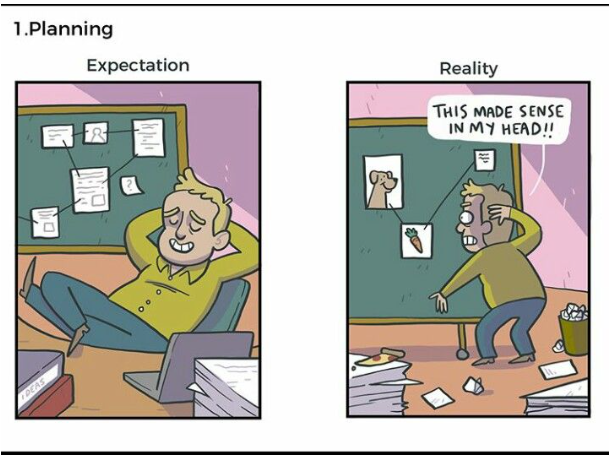Bridging the Gap Between Expectation and Reality
10 Jun 2024
Effort estimation and tracking are crucial components of software development projects. They provide insights into resource allocation, progress monitoring, and team collaboration. However, these practices can be challenging, and discrepancies are inevitable. In this sense, it is essential to continuously refine our estimation and tracking processes to improve our project management practices and ultimately deliver successful outcomes.
How did you make your effort estimates?
My approach to making effort estimates was primarily based on past experiences, task complexity, and potential challenges. I considered similar tasks I had undertaken in previous projects and used them as a reference point to gauge the time required for implementation. For instance, if a task involved implementing a new feature similar to one I had worked on before, I would estimate the effort based on the time it took to complete that previous task.
Additionally, I took into account the complexity of the current task and any potential roadblocks that could arise during implementation. Tasks that seemed straightforward were estimated with fewer hours, while more complex tasks were allotted a higher estimate to accommodate for potential challenges.
Way off
Despite the inevitable discrepancies between my estimates and the actual time required for task completion, there were significant benefits to making effort estimates in advance. Firstly, it provided a framework for project planning and resource allocation. By having a rough idea of how long each task would take, we were able to prioritize and distribute work effectively among team members.
Secondly, effort estimates served as a benchmark for progress tracking and accountability. They allowed us to monitor our progress against predefined goals and identify any deviations early on. Even though the estimates were not always accurate, they provided a reference point for assessing our performance and making necessary adjustments to our workflow.
What benefits?
Tracking the actual effort expended on the issues proved to be invaluable for several reasons. Firstly, it provided visibility into individual and team productivity, allowing us to identify bottlenecks and inefficiencies in our workflow. By comparing actual effort against estimated effort, we were able to gain insights into task complexity and improve our estimation accuracy over time.
Furthermore, tracking actual effort facilitated better resource allocation and project planning. It helped us identify tasks that required more time and attention, allowing us to adjust our priorities accordingly. Additionally, it encouraged accountability and transparency within the team, as everyone was aware of their contribution to the project.
How did you track your actual effort?
I tracked my actual effort using a combination of time tracking apps and manual recording methods. For coding tasks, I used time tracking apps to record the start and end times of my coding sessions. For non-coding tasks, I relied on manual recording methods such as keeping a log of the time spent on each task throughout the day.
Overall, I believe my tracking was reasonably accurate, although there were occasional challenges and discrepancies. Factors such as interruptions, context switching, and unforeseen obstacles could impact the accuracy of my tracking. However, I made a conscious effort to capture as much detail as possible and adjust my tracking methods accordingly to minimize inaccuracies.
Conclusion
Tracking actual efforts is equally important as it provides visibility into individual and team productivity, allowing us to identify bottlenecks and inefficiencies in our workflow. To improve tracking accuracy, it is crucial to use reliable time-tracking apps and methods that capture as much detail as possible. This way, we can minimize inaccuracies and improve our resource allocation and project planning. By continuously refining our estimation and tracking processes, we can optimize project planning and execution, prioritize and distribute work effectively among team members, monitor our progress against predefined goals, and identify deviations early on. Ultimately, these practices serve as invaluable tools for improving team collaboration and delivering successful outcomes.